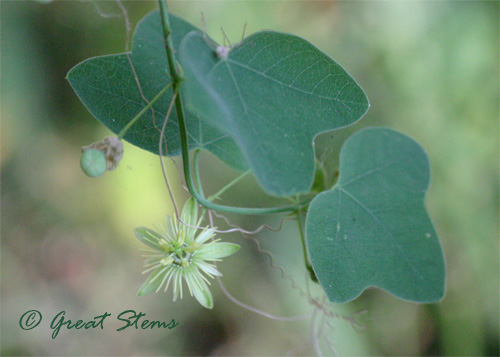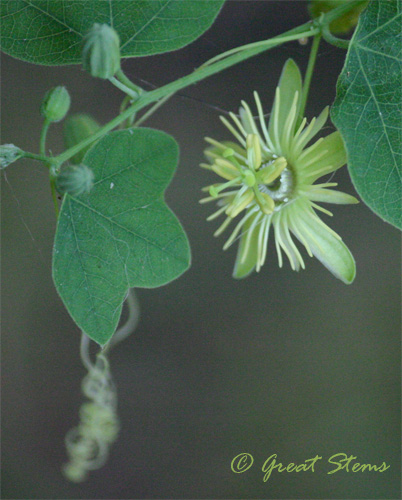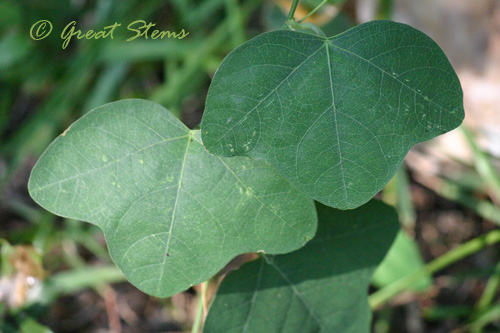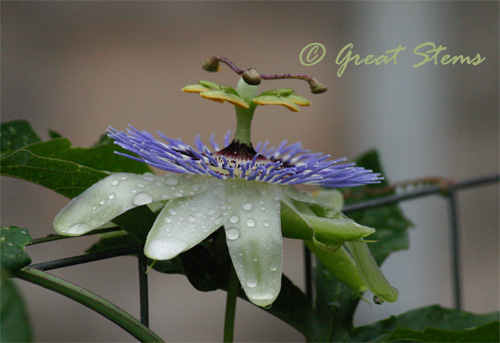Purely by accident, my photos of the day are showing off the warm colors of the season. How perfect as we transition from late summer to fall. I might as well confess that I'm a Longhorn fan, too -- so "Go Orange" has multiple meanings this time around. But red and yellow, count, too. They, after all, combine to make orange. All in the realm of warm!
I've been waiting all year for my Exotic Love Vine to bloom, a plant I... ahem... fell in love with during my trip to Mexico last fall.
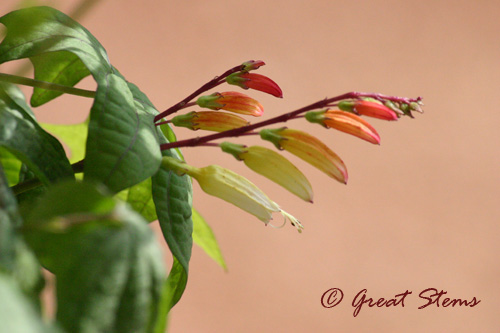 Just before the rains from Hermine arrived this past week, evidence of blooms first appeared on a vine stem, and happily the steady downpours did not hurt the blossoms before I could get a picture. I do hope that soon our wonderful plant will be covered in these vibrant flowers.
Just before the rains from Hermine arrived this past week, evidence of blooms first appeared on a vine stem, and happily the steady downpours did not hurt the blossoms before I could get a picture. I do hope that soon our wonderful plant will be covered in these vibrant flowers.
The plentiful rains have encouraged other freshly-hydrated plants to bloom, and the garden is filled with new buds all over. The Texas Lantana is bright with color, and the butterflies are flocking back to it. Here's a Gulf Fritillary, blending in so nicely with the orange and yellow flowers.
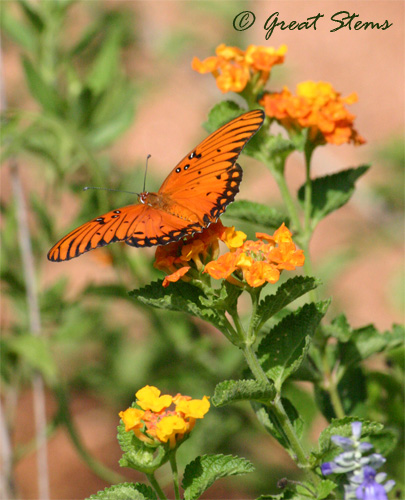
Our young pomegranate tree has three lovely fruit on it. Though I might wish for more, I'm thrilled that we'd have even three fruit in our first year of having the tree. I can't wait for them to ripen.
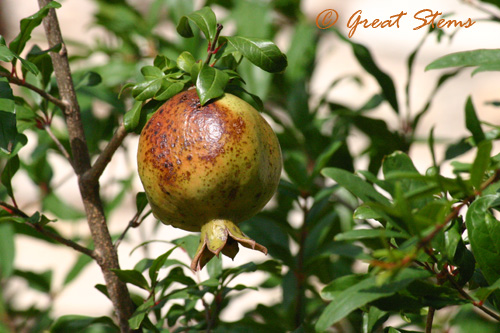 At the pond, a fiery Flame Skimmer stands out against the green bog-loving plants.
At the pond, a fiery Flame Skimmer stands out against the green bog-loving plants.
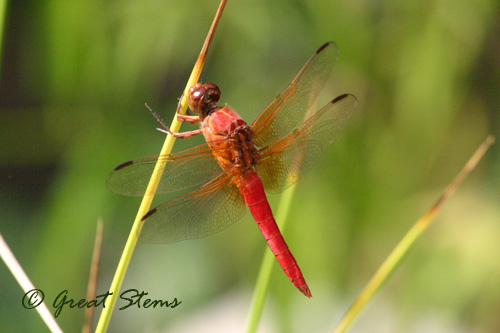 And the Blackfoot Daisies have revived along the garden path. I like the way they provide a nice look against the decomposed granite.
And the Blackfoot Daisies have revived along the garden path. I like the way they provide a nice look against the decomposed granite.
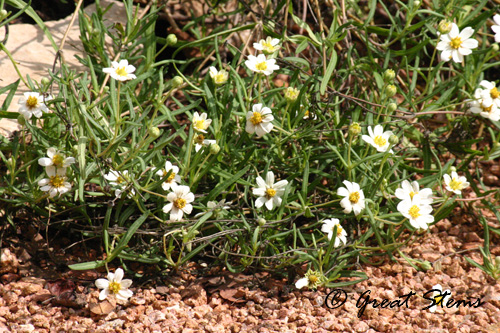 It occurs to me that this time last year I was eagerly watching our pumpkins turn from green to orange. Clearly this is not a new theme. But it certainly is a mood-boosting one!
It occurs to me that this time last year I was eagerly watching our pumpkins turn from green to orange. Clearly this is not a new theme. But it certainly is a mood-boosting one!
And just to mention it, our new decomposed-granite (and orange-ish!) garden path held up quite well in the heavy rains. No mush! The only area that we'll need to touch up is a portion of the upper pathway, where compaction was at a minimum, and that's our fault for not giving it the equal time that we did to the rest of the garden path. That the overall pathway stood the test of a major flood-causing rain lets me know that we made a good choice on our plan. Still, we'll make the minor repairs to the upper pathway and determine how best to guide waterflow just off to the side a bit, where the garden itself can absorb the excess water.
Go orange!

